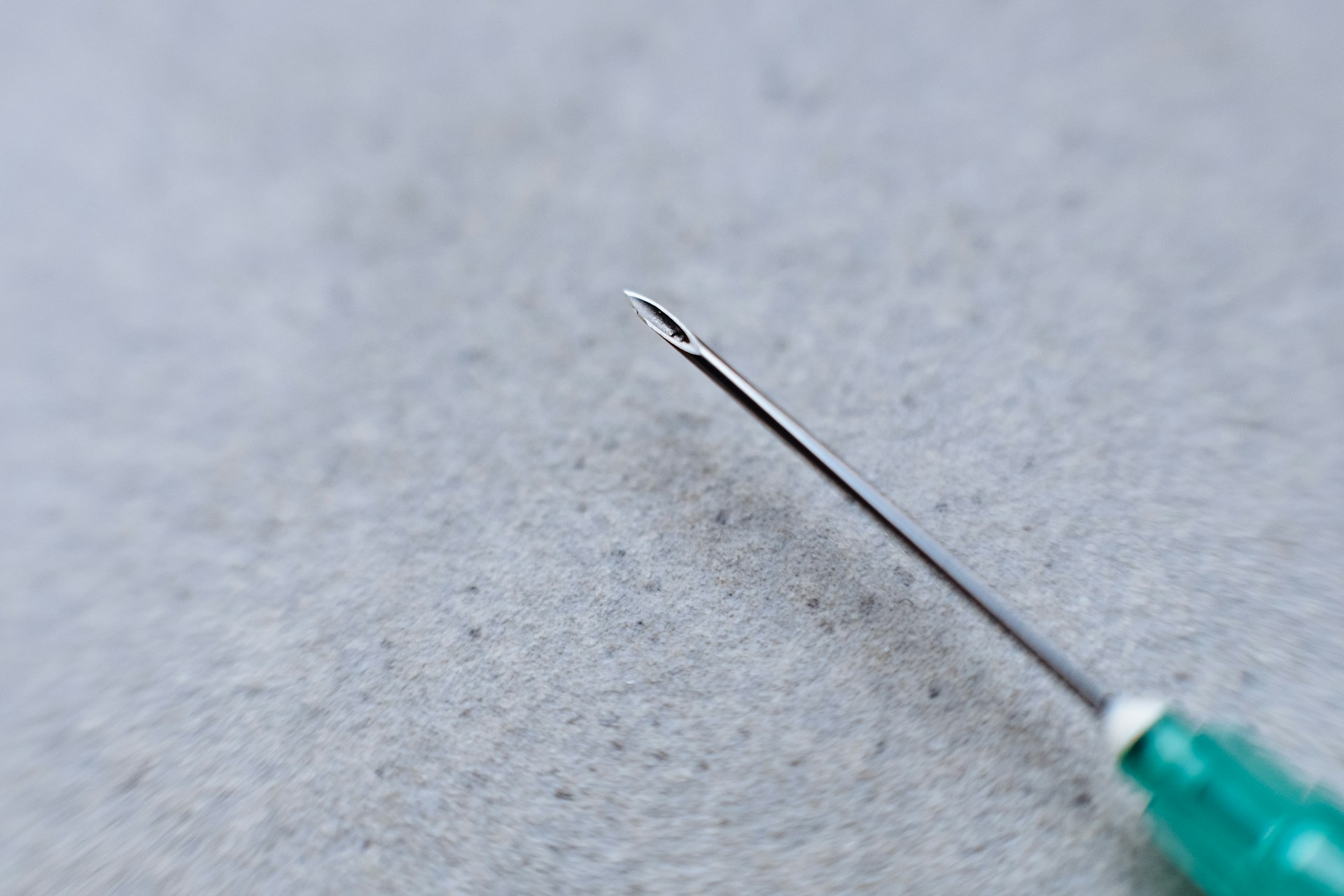
The Rise of GLP-1 Drugs and the Challenges of Proper Disposal
Key Takeaways Concerns Regarding GLP-1 Needle Disposal GLP-1 medications are a variety of drugs
Check out our wide range of leak-resistant and locking or snap-tight sharps containers
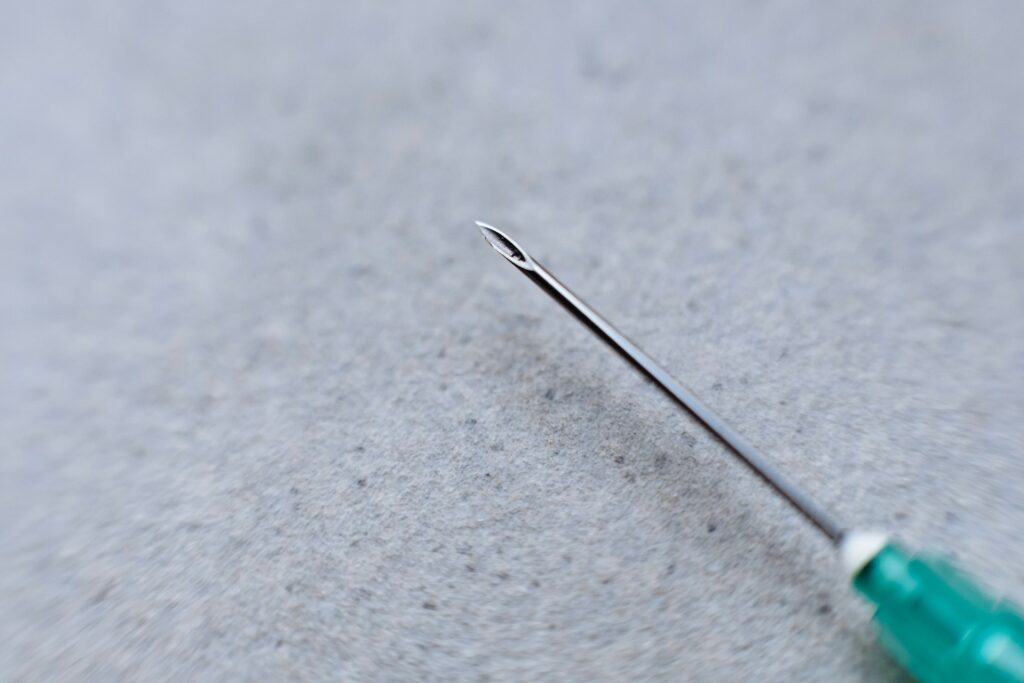
GLP-1 medications are a variety of drugs that are typically used to manage diabetes and weight concerns. These medications, including Ozempic, Mounjaro, and Wegovy, can be self-administered by non-medical professionals in the comfort of their own homes. The pre-filled needles are simple to use and require minimal instruction and training to inject.
Unfortunately, there are other safety concerns associated with using needles at home, such as proper disposal measures. Because these GLP-1 pens are considered medical waste, there are procedures that must be followed to mitigate safety concerns for your health and the environment. Follow this guide as experts at Post Medical explain the challenges of at-home needle disposal and offer recommendations to address these risks.
The moment a medication contains a built-in needle, it’s considered “sharp”. This classifies it as hazardous waste because it poses a risk of infection, injury, or environmental contamination. From needle sticks to environmental biohazards, regular household disposal is risky at best and dangerous at worst.
1. Safety Risks
Sharp objects in your home are already high-risk items to have around children and animals. Most adults likely take precautions to safeguard their homes from exposure to scissors, razors, sewing needles, and more. However, disposal of used sharps needles and lancets carries the added risk of exposure to pathogens, sharps injury, and medication diversion
2. Environmental Risks
Most GLP-1 devices are a combination of plastic and metal, along with residual medication after use. All of these materials pose environmental contamination risks that could be harmful to the ecosystems around your home.
3. State and Federal Laws and Regulations
Most GLP-1 Injection devices are comprised of a disposable syringe with sharps needle or lancet that requires proper disposal after use. Proper, environmentally friendly, and safe disposal of these devices is essential, and in compliance with many state and local laws
4. Costly Disposal Methods
While hospitals and clinics typically have contracts with medical waste processing facilities, individuals at home often lack access to affordable and convenient disposal services. Turn to https://safeneedledisposal.org/ to find a convenient site for disposing of your sharps waste.
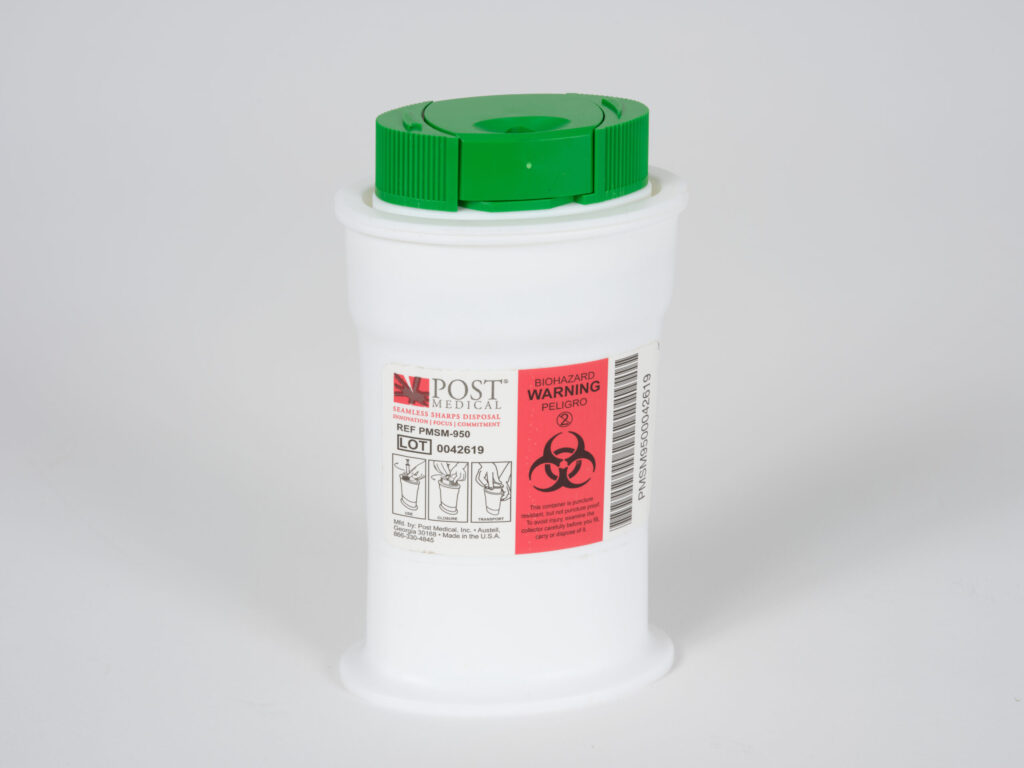
Post Medical’s Voyager Sharps Clipper and Container is the perfect solution for the active and travel lifestyles of many GLP-1 users.
Proper sharps disposal begins with selecting the right container and decorative table top cover to best fit your needs. Explore our small sharps containers that are the right size and leak-tight with either screw top or snap closures. You can also find containers that will clip the needle off the medication for a more compact disposal method and easier transportation to a waste facility.
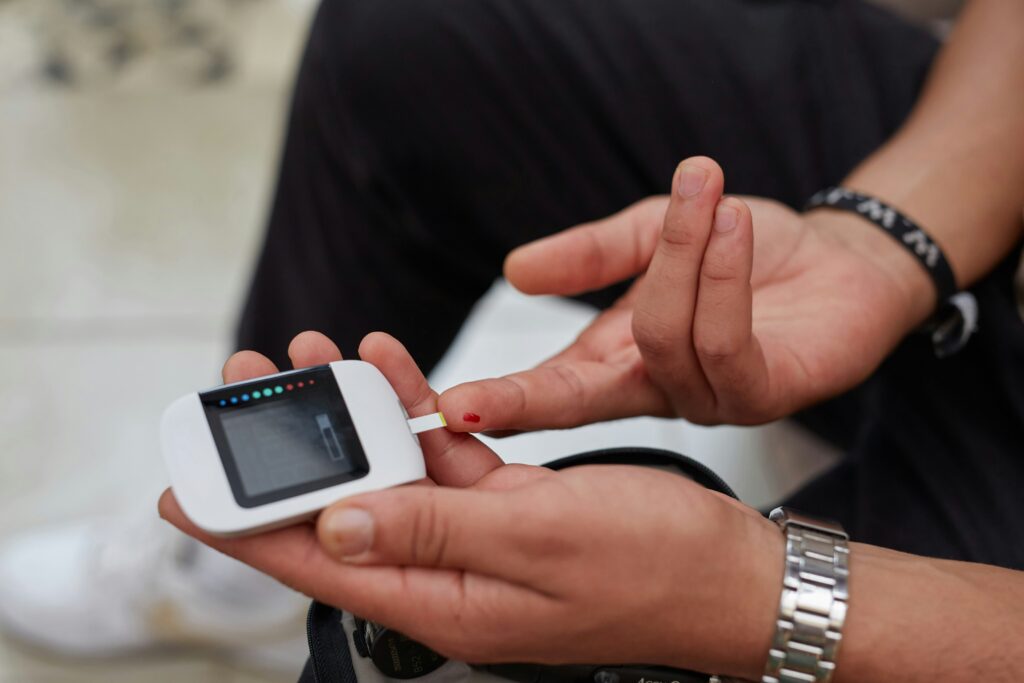
GLP-1 pens aren’t the only at-home medications that use needles; they’re simply the most recent in a long line of injectables that require more education and innovation to protect the general public.
Raising public awareness, collaboration between pharmaceutical companies and the government, as well as comprehensive disposal programs, can do a lot to address the public health consequences of injectables for home use. Prioritize GLP-1 needle disposal safety standards to minimize contamination, infection, and environmental risks.
Interested in learning more about needle safety and regulatory guidelines? Post Medical is here to help. Browse the blog for the latest news about sharps disposal developments, learn about distribution services, or reach out to our team today for more personalized guidance and support.

Key Takeaways Concerns Regarding GLP-1 Needle Disposal GLP-1 medications are a variety of drugs
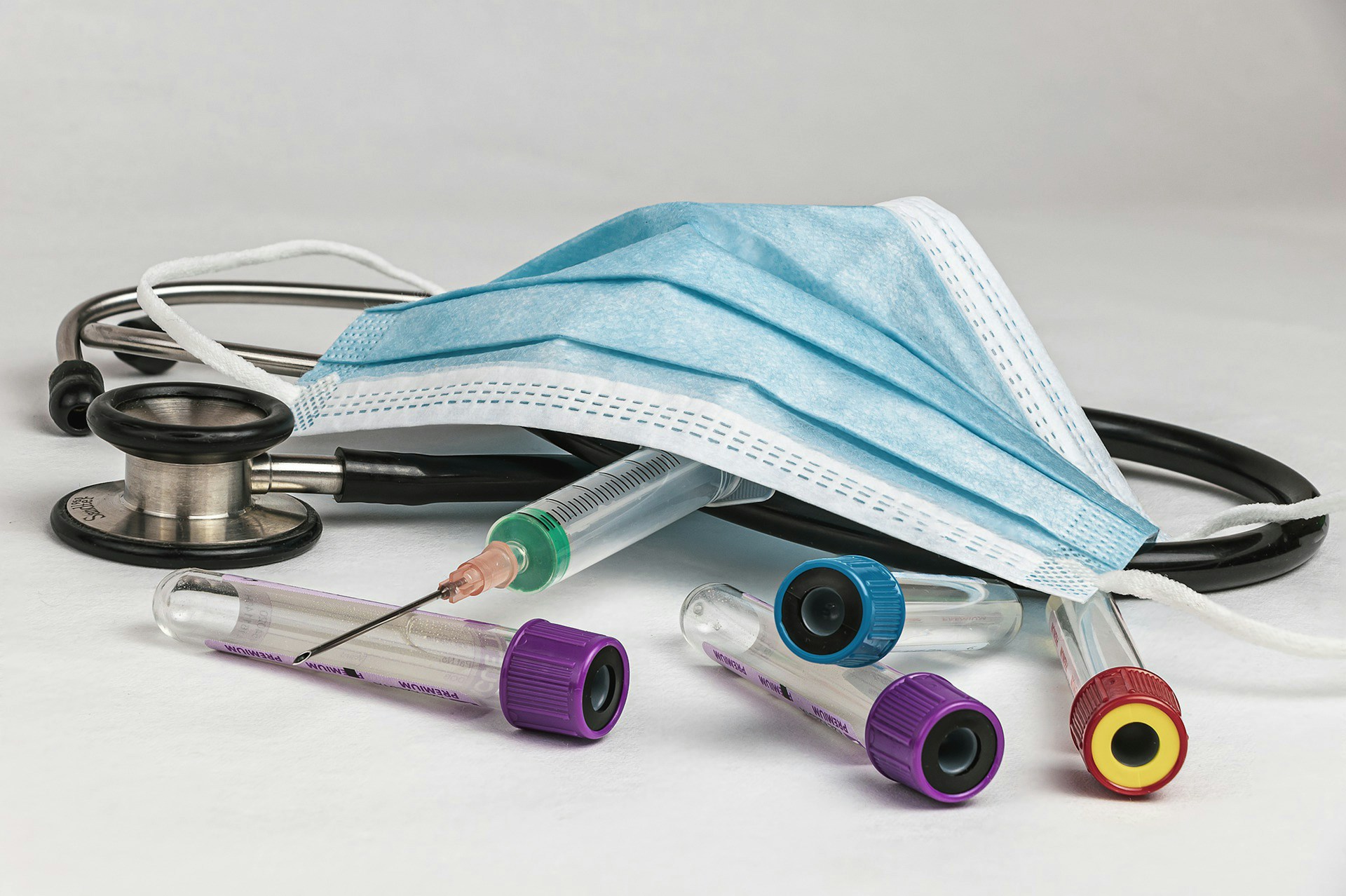
Better Sharps Waste Management Medical innovations in sharps disposal are ongoing. And Post Medical
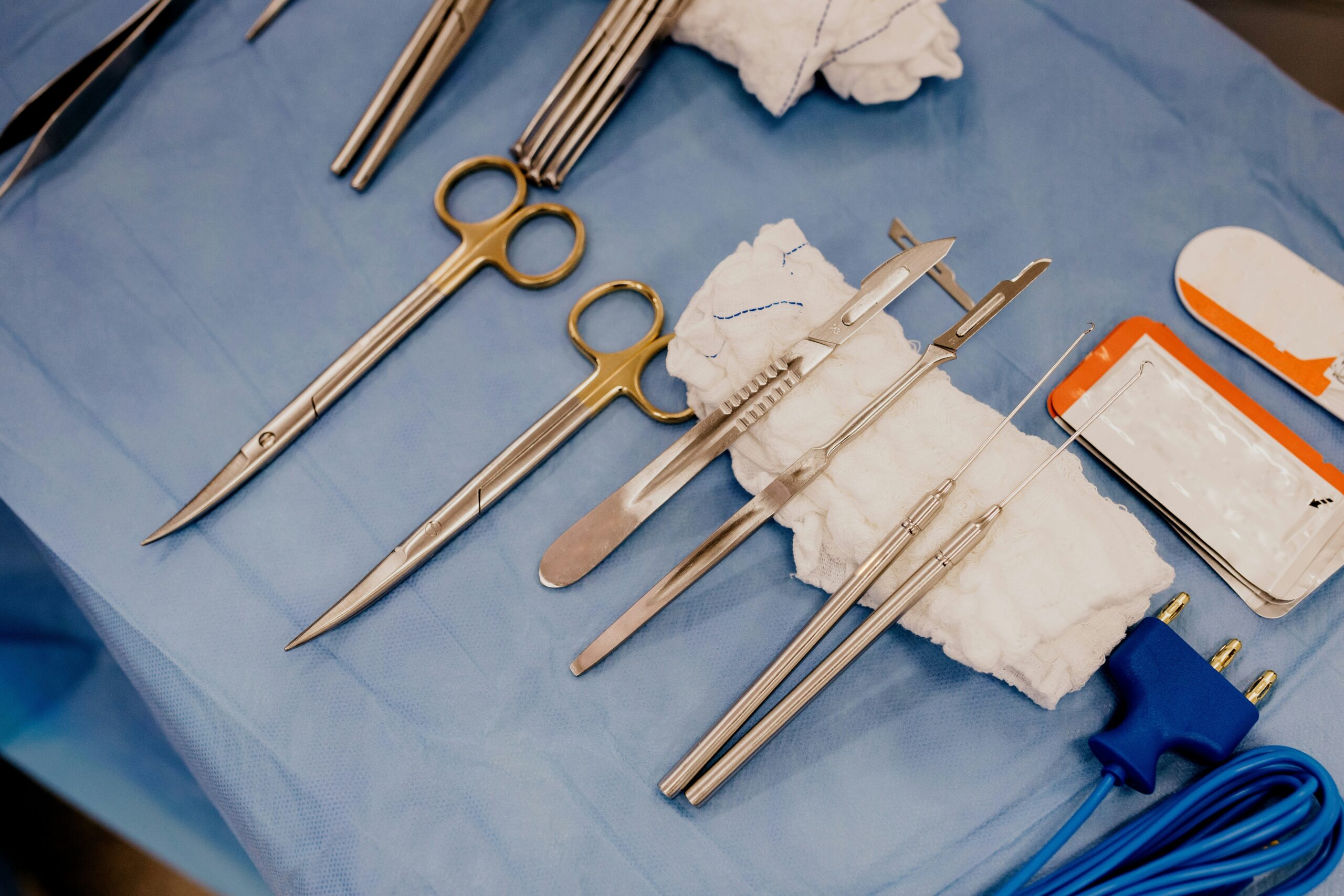
Whether you’re part of a hospital, pharmacy, independent in-home care business, veterinary clinic, or